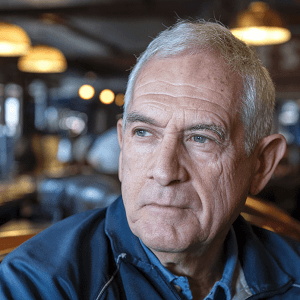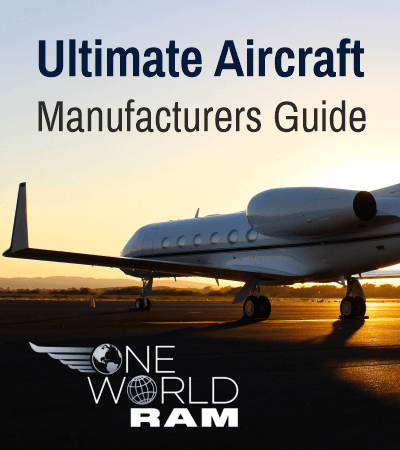Discover the remarkable world of Pilatus Aircraft, where innovation meets precision engineering. From versatile single-engine turboprops to advanced military trainers, each aircraft in the Pilatus fleet represents the pinnacle of Swiss aviation excellence. Let’s explore what makes these aircraft truly exceptional.
Overview of Pilatus Airplane Models
Pilatus Aircraft has established itself as a leader in aviation with a diverse range of aircraft models tailored to meet various needs. Their lineup includes the versatile PC-12, the innovative PC-24, and specialized training aircraft like the PC-7 and PC-21. Each model showcases Pilatus’s commitment to excellence in engineering and design, catering to private, business, and specialized aviation requirements.
PC-12: The World’s Greatest Single-Engine Aircraft
The Pilatus PC-12 stands as a testament to engineering excellence with over seven million flight hours logged. This remarkable turboprop combines versatility with unmatched reliability, offering:
- Exceptional short takeoff and landing capabilities
- Ability to operate from unpaved runways
- Spacious cabin design for multiple configurations
- Standard three-axis autopilot system
- Optional advanced features including weather radar and long-range navigation
PC-24: The Super Versatile Jet
The PC-24 redefines business aviation by combining the best attributes of multiple aircraft categories. This revolutionary jet offers:
- Light jet economy with mid-sized jet cabin space
- Access to nearly 20,000 airports worldwide
- Short runway capability typically found in smaller aircraft
- Versatility for private, business, and medical transport operations
- Superior aesthetics and performance in diverse environments
PC-7 and PC-21: Training Aircraft Excellence
In the realm of military training, Pilatus excels with two exceptional platforms:
| Feature | PC-7 | PC-21 |
|---|---|---|
| Primary Role | Basic training | Advanced training |
| Usage | Global air forces | Lead-in fighter training |
| Key Advantage | Proven reliability | Advanced avionics |
Key Features and Benefits of Pilatus Airplanes
Pilatus aircraft distinguish themselves through exceptional operational flexibility and proven reliability. Their ability to access remote locations via short and unpaved runways, combined with spacious cabins and impressive range, creates an unmatched aviation solution.
Advanced Avionics and Safety Features
Modern Pilatus aircraft feature cutting-edge avionics systems, including:
- Three-axis autopilot system
- Weather radar capabilities
- Long-range navigation systems
- Radar altimeters
- Autothrottle system for optimized flight operations
Customizable and Comfortable Cabins
The interior design philosophy focuses on versatility and comfort, offering:
- Flexible seating configurations
- Premium material options
- Ergonomic design elements
- Ample headroom and legspace
- Customizable workstation integration
Pilatus Aircraft’s Commitment to Sustainability
Pilatus demonstrates strong environmental stewardship through dedicated sustainability initiatives and eco-conscious manufacturing processes. Their commitment extends beyond design to encompass the entire lifecycle of their aircraft, ensuring a reduced ecological footprint while maintaining superior performance standards.
Efficient Aircraft Design and Operation
Pilatus’s commitment to sustainability is exemplified through their innovative aircraft design philosophy. Their flagship models, the PC-12 and PC-24, showcase advanced engineering features focused on environmental efficiency:
- Advanced aerodynamics for reduced drag and improved fuel efficiency
- Efficient propulsion systems optimized for lower emissions
- Single-engine design in the PC-12 offering superior fuel economy
- Versatile runway capabilities reducing infrastructure requirements
- Ability to operate from unpaved surfaces minimizing environmental impact
Sustainable Manufacturing Practices
The company’s dedication to environmental stewardship extends throughout their manufacturing processes. Their production facilities incorporate various eco-conscious practices:
- Energy-efficient manufacturing techniques
- Comprehensive waste reduction programs
- Integration of sustainable materials
- Supply chain optimization for reduced environmental impact
- Forward-thinking green aviation initiatives
Customer Support and Ownership Experience
Pilatus Aircraft delivers an exceptional ownership experience through their comprehensive support system. Their global Service Center Network ensures convenient access to maintenance and support services, while membership in the Pilatus family offers exclusive benefits including:
- Access to specialized accessories through the Pilatus website
- Multiple contact options for customer inquiries
- Professional crew training programs
- Dedicated technical support
- Worldwide service center accessibility
The CrystalCare Program: Ensuring Customer Satisfaction
The CrystalCare Program represents Pilatus’s commitment to comprehensive aircraft support. This innovative warranty and maintenance initiative includes:
- Extensive warranty coverage
- Routine maintenance services
- Emergency repair support
- Minimized aircraft downtime
- Streamlined maintenance logistics
Comprehensive Ownership Experience
| Aspect | Benefits |
|---|---|
| Global Service Network | Factory-trained technicians worldwide |
| Support Services | HR and media relations assistance |
| Ownership Journey | Support from acquisition through operation |
| Customer Care | Dedicated relationship management |





Leave a Reply